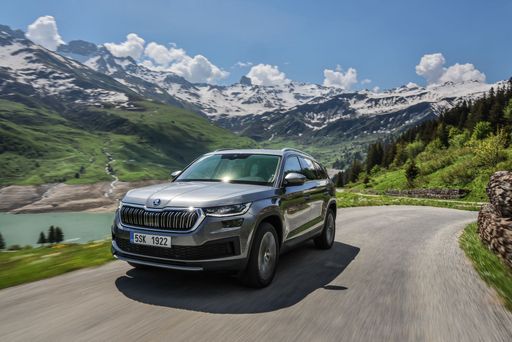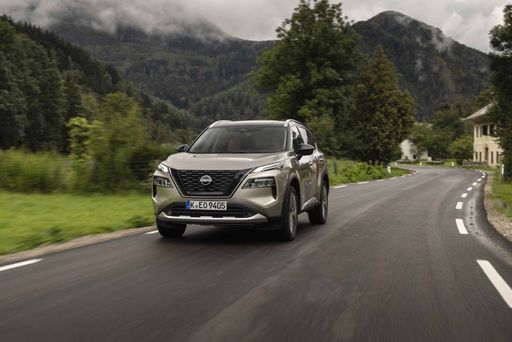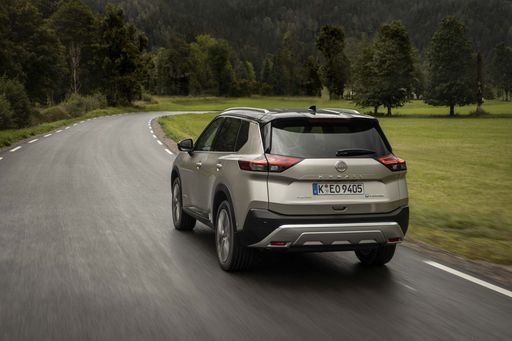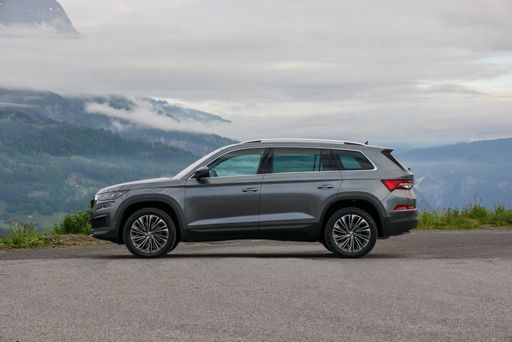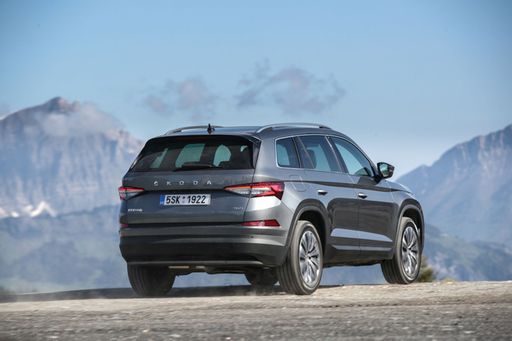Nissan X-Trail vs Skoda Kodiaq: A Comprehensive Comparison
The SUV segment continues to evolve, lending itself to fierce competition among automakers. Two prominent contenders in this category are the Nissan X-Trail and Skoda Kodiaq. Both vehicles offer a wealth of features, comfort, and performance. In this article, we’ll delve into the technical aspects and innovations that set these SUVs apart from each other.

